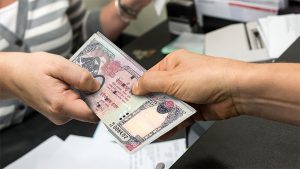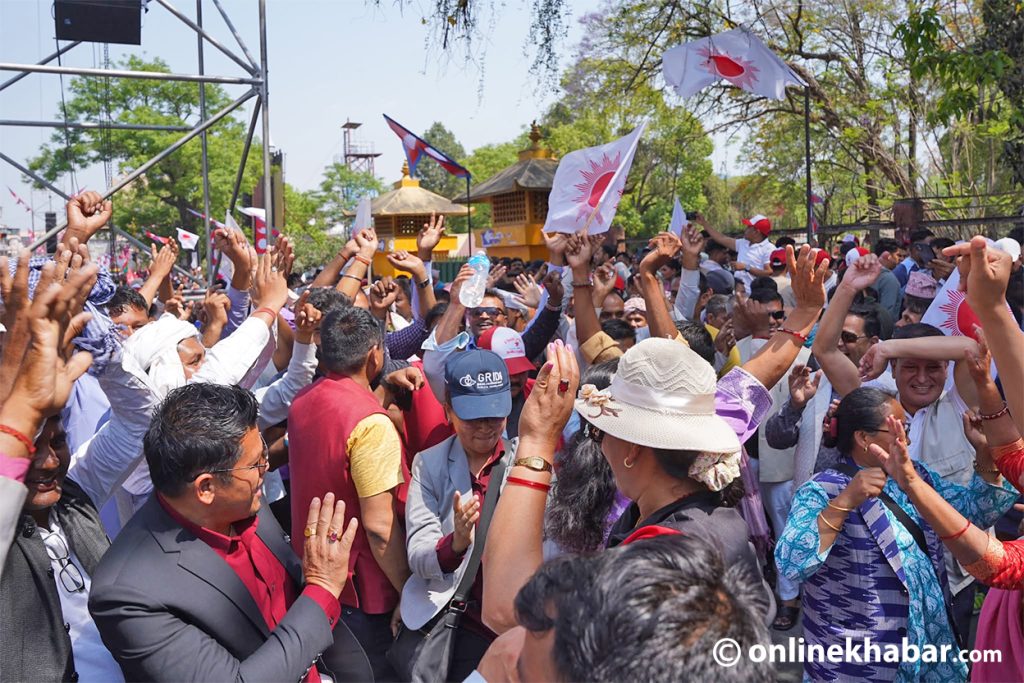Kathmandu, December 20
As Nepal receives billions of rupees every month in remittance from its migrant workers based in various countries, people consider it as a major backbone of the national economy. Consequently, there are several plans to utilise the money in productive sectors.
But, here is the bad news: government records reveal around 92 per cent of the remittance that the country receives is spent on individual and household consumption and repaying loans. It means only eight per cent of the money has been turned into capital.
The government does not have any exact data on how much remittance money is spent on which sector, yet the Foreign Employment Board reports, based on a survey, that 92 per cent is spent on individual and domestic consumptions whereas the remaining eight per cent has been saved or invested into businesses.
On the consumption side, the breakdown is as follows:
- Repaying loans: 21.9 (Loans borrowed for outbound flights: 14.6%+Others: 7.3%)
- Daily household consumption: 16.1%
- Health and medication: 15.5%
- Education: 13.6%
- Housing and real estate: 12%
- Celebrations and jewelry: 9%
- Luxury items: 4.8%
Likewise, on the productive side, the breakdown is as follows:
- Saving: 5.7%
- Businesses: 2%

























